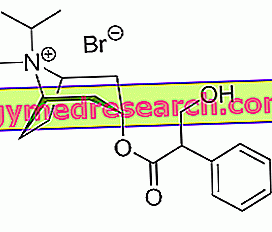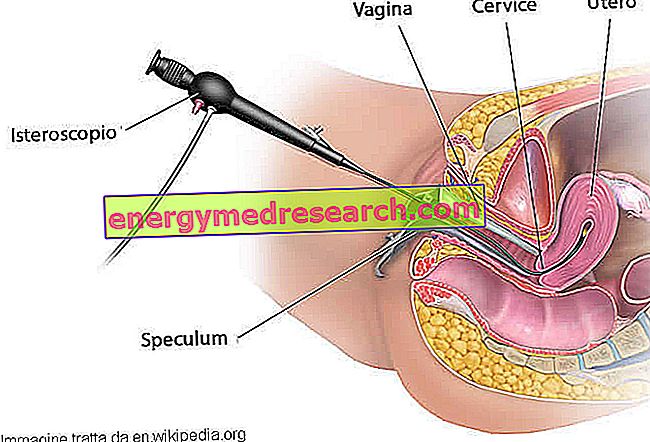Edited by: Davide Galizzi
It is known that with movement, body temperature tends to increase due to chemical reactions that release energy, but since the body does not tolerate high temperature variations we are equipped with specific thermoregulation systems that keep the temperature within physiological limits.

Sweating
This is the thermoregulation mechanism through which the body expels enormous amounts of water and mineral salts.
Sweat is therefore a saline solution containing salts (in varying proportions) of sodium, chlorine, potassium, magnesium, iron, zinc and copper.
Produced by the sweat glands, the sweat initially has a concentration similar to that of the blood plasma.
Scrolling through the glandular ducts, the reabsorption of most ions takes place, so at the moment of being secreted on the body surface it will be hypotonic with respect to the plasma.

Dehydration
The loss of fluids due to sweat, if not properly replenished, leads to a reduction in plasma volume.
A liquid loss of 2-3% is sufficient to significantly reduce physical and cognitive performance, with the appearance of:

- Difficulty concentrating
- Attention difficulties
- Reduction of motor skills
- Fatigue
- Increased heart rate
- Increased respiratory rate
- Increased motor reaction times
- Hypotension
- Nervousness
When the losses are higher than 3% it can be trespassing in the pathology; for example a collapse, heat stroke, difficulty in muscle contraction etc. can occur.
Replenishing
To maintain a good water-saline balance and increase the reduced plasma volume with sweating, it is important to drink during and after training.
During physical activity it is advisable to drink in small sips so as to never have excessive amounts of liquid in the stomach. It will be very important to anticipate thirst, because when the stimulus arises, the shortage of water has now reached the threshold.
After training an adequate reintegration of the hydrosaline leaks will be crucial for a rapid regeneration process.
If you plan to sweat a lot it will also be useful to drink before training, but do not overdo it; 300-400 ml of water are more than enough.
To restore water-salt balance water is the key element and when small amounts of mineral salts and carbohydrates are added its power improves considerably.
The salt content of sports drinks should never be excessive; the intake of hypertonic drinks, in addition to hindering the absorption of water, recalls it from the plasma to the intestine with further dehydration and intestinal imbalances.
Therefore, for a rapid restoration of the hydro-saline balance, hypotonic or at most isotonic drinks with plasma must be used.
Beverages containing too many carbohydrates can slow gastric emptying and cause gastrointestinal disorders; the optimal ones should contain mainly magnesium and potassium and a 6-7% carbohydrate (preferably maltodextrin 5% and fructose 2%).
The mineral waters most used by athletes are those alkaline that have more than 500 mg of bicarbonate, which helps neutralize the waste produced during intense physical exercise.
All drinks should be swallowed at a temperature of 4-5 ° C; too cold drinks could cause cramps and delay absorption.
In conclusion
You will easily understand how the reintegration counts as a good training for the purposes of the performance results and to avoid the onset of a pathological state, guaranteeing at the same time a faster recovery.
Even a workout that exceeds one hour of running must provide good salt and water supplementation before, during and after the engagement.



